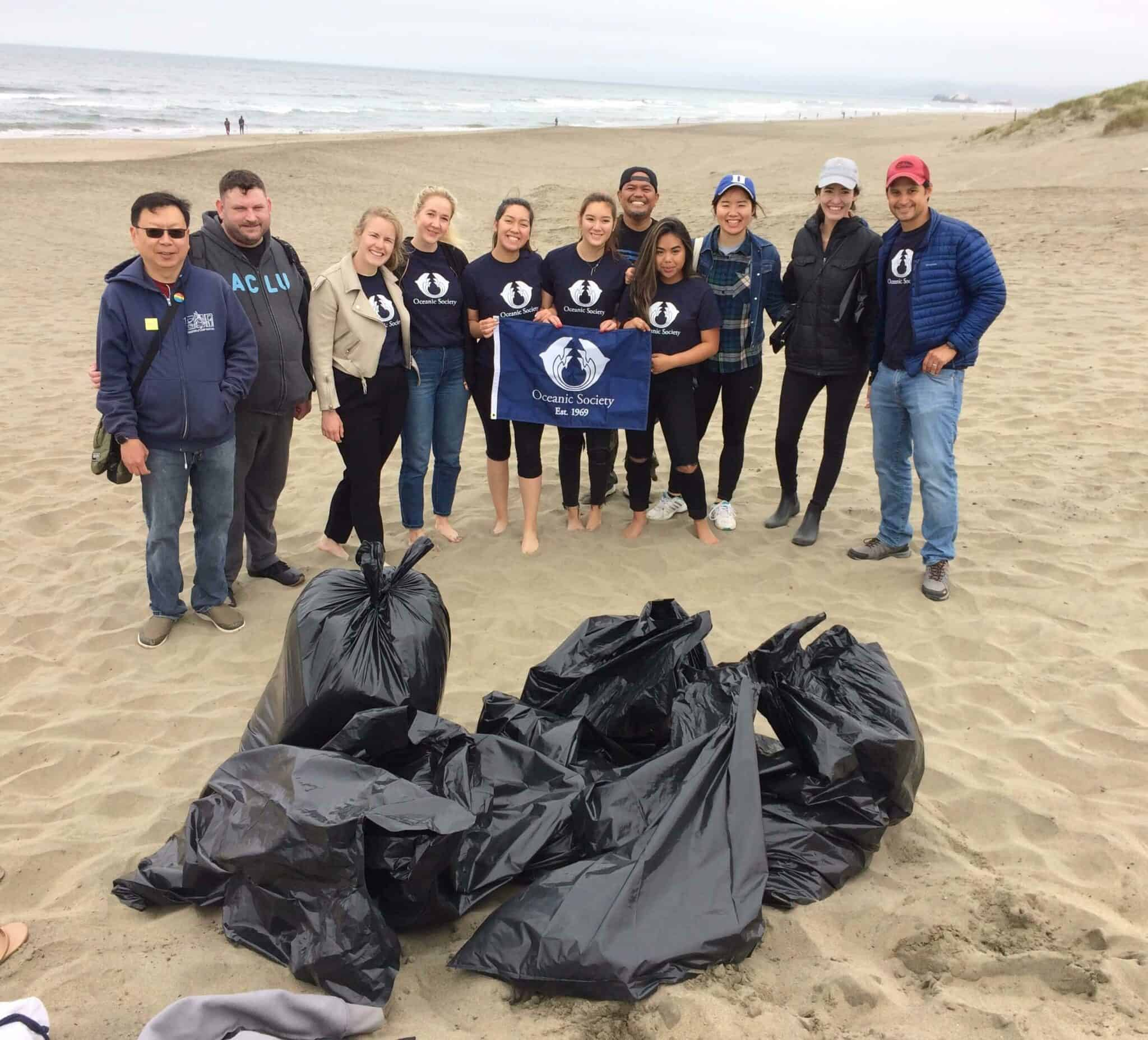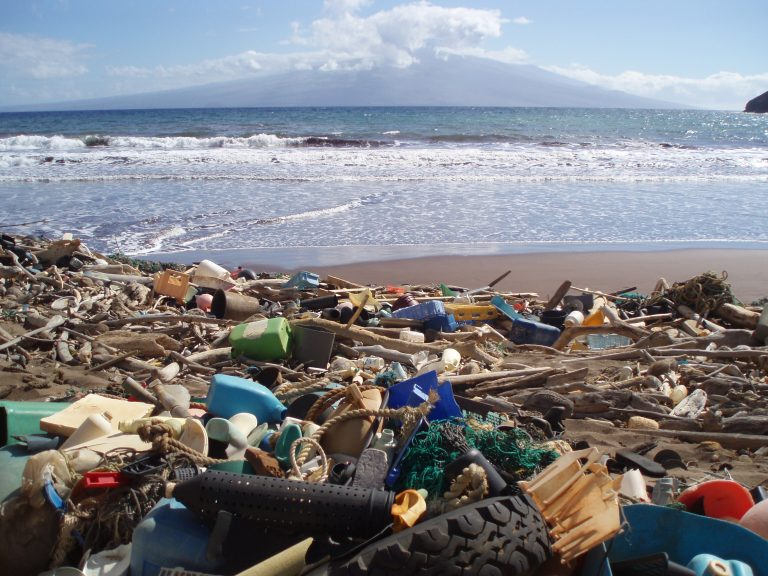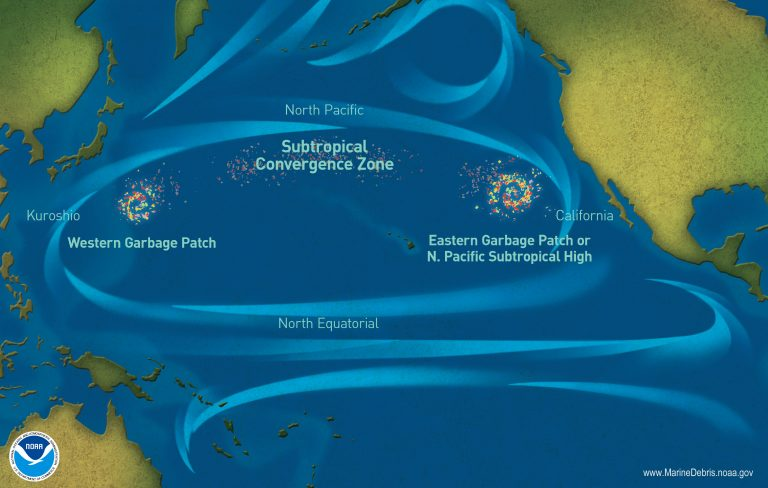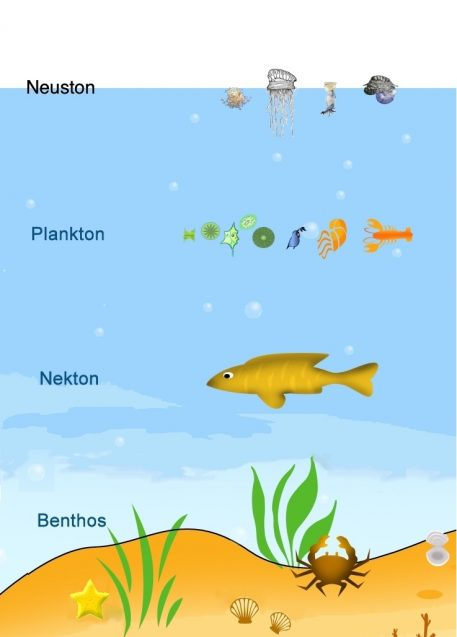Everyone can do something to help solve the plastic pollution problem, and millions of people worldwide are already taking action to reduce their plastic use. Here are seven ways you can make a difference, starting today.
1. Reduce Your Use of Single-Use Plastics
Wherever you live, the easiest and most direct way that you can get started is by reducing your own use of single-use plastics. Single-use plastics include plastic bags, water bottles, straws, cups, utensils, dry cleaning bags, take-out containers, and any other plastic items that are used once and then discarded.
The best way to do this is by a) refusing any single-use plastics that you do not need (e.g. straws, plastic bags, takeout utensils, takeout containers), and b) purchasing, and carrying with you, reusable versions of those products, including reusable grocery bags, produce bags, bottles, utensils, coffee cups, and dry cleaning garment bags. And when you refuse single-use plastic items, help businesses by letting them know that you would like them to offer alternatives.
2. Support Legislation to Curb Plastic Production and Waste
As important as it is to change our individual behaviors, such changes alone are insufficient to stop ocean plastic pollution. We also need legislation that reduces plastic production, improves waste management, and makes plastic producers responsible for the waste they generate. There are a variety of ways that you can support local, national, and international legislation that provide critical solutions to reduce plastic pollution. One such effort in the United States is the 2021 Break Free From Plastic Pollution Act, a comprehensive federal bill that aims to address the plastic pollution crisis, and there are a number of state level initiatives to introduce extended producer responsibility (EPR) legislation that makes plastic producers and distributors responsible for their products and packaging at the end of life.
At the international level, hundreds of organizations and businesses successfully worked together with United Nations member states to enact a global plastics treaty, signed by 175 member states, that will set global rules and regulations to reduce plastic pollution. And legislation that limits, taxes, or bans unnecessary single use plastic items, such as plastic bags, takeout containers, and bottles, has been successfully enacted in many places globally, and you can support the adoption of such policies in your community too. Here is a comprehensive resource and toolkit on legislative approaches to limiting plastic bags, foodware, microplastics, and more.
3. Recycle Properly
This should go without saying, but when you use single-use (and other) plastics that can be recycled, always be sure to recycle them. At present, just 9% of plastic is recycled worldwide. Recycling helps keep plastics out of the ocean and reduces the amount of “new” plastic in circulation. If you need help finding a place to recycle plastic waste near you, check Earth911’s recycling directory. It’s also important to check with your local recycling center about the types of plastic they accept.
4. Participate In (or Organize) a Beach or River Cleanup
Help remove plastics from the ocean and prevent them from getting there in the first place by participating in, or organizing a cleanup of your local beach or waterway. This is one of the most direct and rewarding ways to fight ocean plastic pollution. You can simply go to the beach or waterway and collect plastic waste on your own or with friends or family, or you can join a local organization’s cleanup or an international event like our Global Ocean Cleanup or the International Coastal Cleanup.
5. Avoid Products Containing Microbeads
Tiny plastic particles, called “microbeads,” have become a growing source of ocean plastic pollution in recent years. Microbeads are found in some face scrubs, toothpastes, and bodywashes, and they readily enter our oceans and waterways through our sewer systems, and affect hundreds of marine species. Avoid products containing plastic microbeads by looking for “polythelene” and “polypropylene” on the ingredient labels of your cosmetic products (find a list of products containing microbeads here).
6. Spread the Word
Stay informed on issues related to plastic pollution and help make others aware of the problem. Tell your friends and family about how they can be part of the solution, or host a viewing party for one of the many plastic pollution focused documentaries, like A Plastic Ocean, Garbage Island: An Ocean Full of Plastic, Bag It, Addicted to Plastic, Plasticized, or Garbage Island.
7. Support Organizations Addressing Plastic Pollution
There are many non-profit organizations working to reduce and eliminate ocean plastic pollution in a variety of different ways, including Oceanic Society, Plastic Pollution Coalition, 5 Gyres, Algalita, Plastic Soup Foundation, and others. These organizations rely on donations from people like you to continue their important work. Even small donations can make a big difference!
These seven ideas only scratch the surface for ways you can help address the growing problem of plastic pollution in the oceans. The important thing is that we all do something, no matter how small.
-
Improve wastewater management by developing and building sustainable wastewater infrastructure for the 3 billion people who lack access to controlled waste disposal facilities. Untreated wastewater contains a number of pollutants like pathogens, plastics and chemicals. It can pose a severe risk to human and environmental health through toxic exposure, vector-borne diseases and eutrophication.
-
Improve stormwater management by implementing stormwater and storm drain filtration and river mouth trash collection. This can prevent wastes such as macroplastics (littered items), microplastics (tire dust), and chemicals on roadways from flowing into rivers, and eventually, the ocean. Regulating the use of nutrients and pesticides and shifting behaviors — for example, the cultural norm around having a manicured lawn, which can increase the use of pesticides, herbicides and fertilizers — can also ensure that these pollutants do not enter the ocean through stormwater. For example, a toxic algal bloom caused by nutrient pollution in the western Lake Erie basin in 2011 disrupted water supplies for 400,000 people.
-
Adopt green chemistry practices and new materials. This includes banning hard-to-manage substances like expanded polystyrene (commonly packaging material), limiting the use of chemicals of concern like phthalates, and supporting materials research. Developing new materials that maintain the desirable performance characteristics of plastics but not the problematic ones, such as true biodegradables, could prevent plastics from causing as much harm if they do enter the ocean.
-
Practice radical resource efficiency through plastic-use reduction. This includes imposing fees on single-use plastics, encouraging voluntary industry standards to reduce fossil-fuel-based plastics ,and shifting cultural norms around waste generation, consumption and reuse. For example, introducing carrier bag charges in the UK reduced the number of plastic bags used there by 80%, with 9 billion fewer plastic bags used since the legislation was introduced in 2015.
-
Recover and recycle the materials we use in both formal and informal sectors by implementing extended producer responsibility laws, providing incentives for waste segregation and recycling, strengthening markets for recycled plastics and implementing “Fishing for Litter” programs. Only 9% of all plastic ever discarded since 1950 has been recycled, while another 12% has been incinerated and the remaining 79% accumulated in landfills or the natural environment.
-
Implement coastal zone improvements by, for example, restricting open ocean aquaculture. Shifting to sustainable land-based aquaculture systems could reduce a number of pollutants associated with coastal aquaculture, such as plastic pollution from lost or discarded gear and untreated waste with high levels of nitrogen and phosphorous. Encouraging participation in Adopt-a-Beach programs and clean beach certifications such as Blue Flag and Project Aware can reduce litter on beaches and make people more aware of pollution.
-
Build local systems for safe food and water by establishing drinking water treatment systems where needed, and ensuring adequate drinking water standards. This solution can not only reduce pollutants entering the ocean from the reduction in single-use plastic bottles, but also help the 1 in 3 people worldwide who lack access to clean drinking water.



